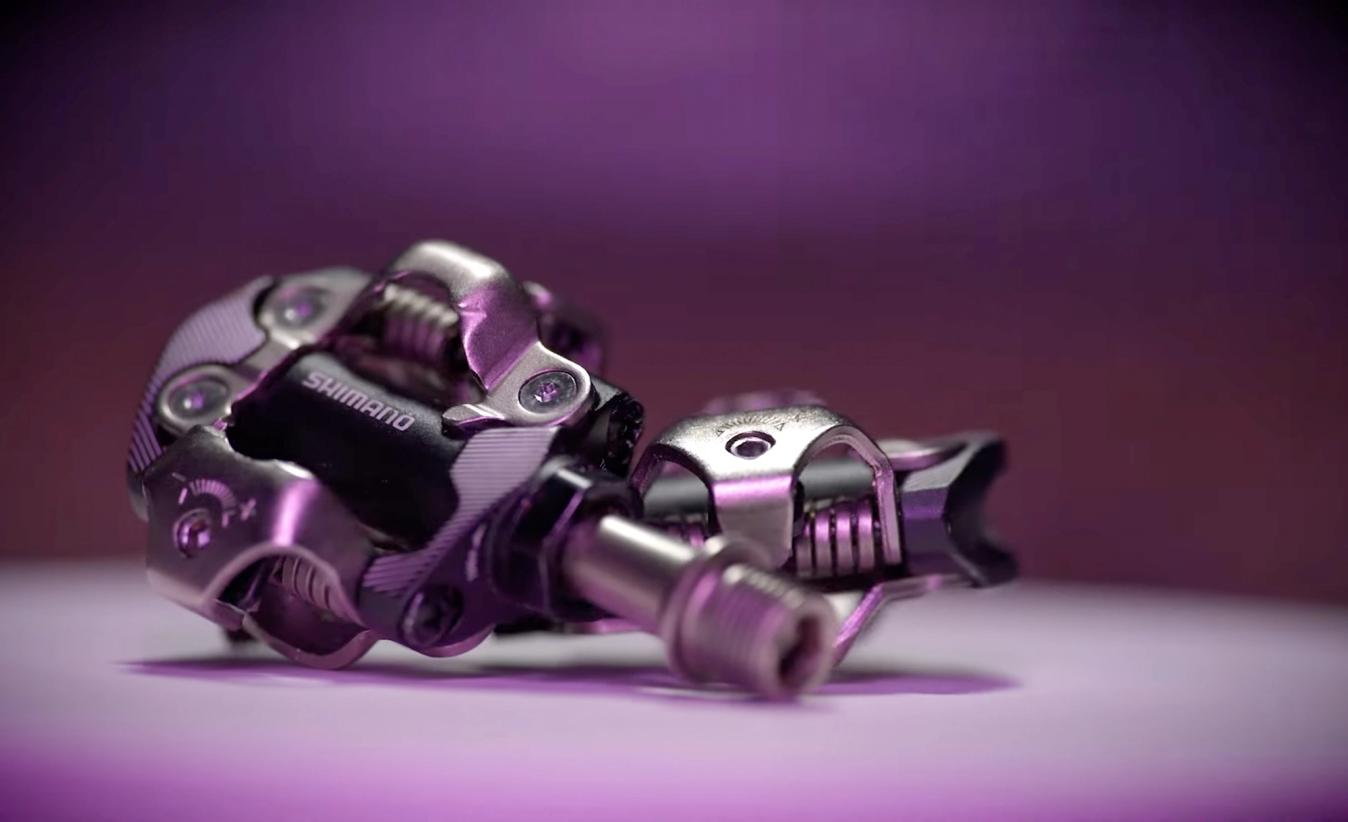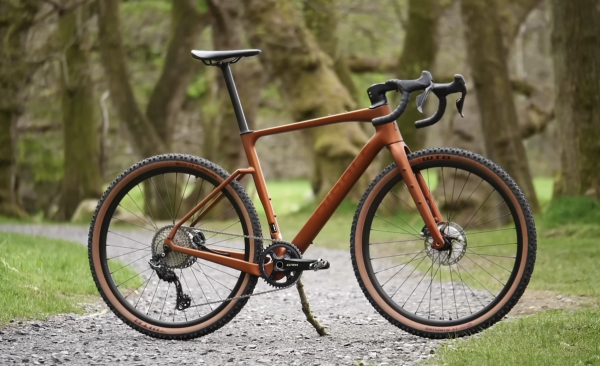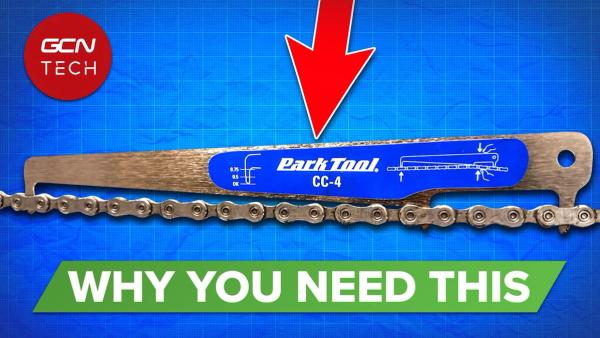Road or MTB pedals: which should you choose?
It’s not as simple as road pedals for road and mountain bike for off road.
James Howell-Jones
Junior Writer
If you’re thinking of getting clipped in with some clipless pedals, the first thing to decide is whether you’re going to get road or mountain bike pedals and cleats. For both road and mountain bike pedals, there are a few different brands doing things in a few different ways. Really though, there’s one basic design for road and one basic design for mountain bikes. On the road, it’s the three-bolt design, and for mountain bikes, it’s the two-bolt design.
Deciding between the two might seem self-explanatory: if you’re riding on the road, get the road bike pedals, right? Not quite. For most things, mountain bike pedals are actually the better option: the shoes are easier to walk in, the cleats last longer, and the pedals are easier to clip into.
It’s not an open-and-closed case though. Road bike pedals and cleats come with their own set of advantages, which might make them the better choice for certain riders.
To help you navigate this tricky decision, we’ve laid out the pros and cons of each type of pedal system. As with a lot of decisions with bike tech, it’s all about what kind of riding you do and what level of compromise you want between performance and practicality.
Two-bolt mountain bike cleats and pedals

© GCN
Mountain bike pedals are double sided for easy entry
Most mountain bike clipless pedal systems have a double-sided pedal, meaning you can clip in on both sides. The pedals use a small, metal cleat that’s fixed to the shoe with two bolts, hence the name. The most common design is Shimano’s SPD system, and aside from Crankbrothers, most brands replicate Shimano’s design fairly closely.

© GCN
The cleat for MTB pedals is recessed within the tread of the shoe
Mountain bike pedals are designed to give a stable and efficient pedalling platform on the bike, but they’re also intended to be convenient and comfortable when walking. The small cleat is recessed into the sole of the shoe, so you can walk unimpeded. Mountain bike shoes usually have sturdy tread to provide traction on slippery surfaces. Usually, the stiffness of the sole means that the shoes are still pretty uncomfortable when walking any serious distance, but for a bit of ‘hike-a-bike’, or walking into a shop or cafe mid-ride, they’re ideal.

© GCN
The recessed cleat means you can walk without sliding around
Mountain bike pedals and shoes are ideal for mountain biking, gravel riding, cyclo-cross racing, bikepacking and touring. They’re also a good choice for commuters who need to put their foot down at traffic lights or walk into their workplace before changing shoes. Don’t let the mountain bike label put you off, this can be a very versatile and practical system.
Three-bolt road bike cleats and pedals

© GCN
Road pedals are larger, lighter, and single-sided
Road bike pedal systems have a single-sided pedal and a large, plastic cleat, fixed to the shoe with three bolts. The most common brands are Look and Shimano, and the technology is broadly similar between both brands. As is the case with a lot of road bike tech, road bike pedals sacrifice practicality for marginal gains when riding.

© GCN
The large cleat gives a wider platform and a more 'locked in' feel
Firstly, there’s the cleat. It’s large, and it protrudes from the sole of the shoe. Walking around with a road cleat bolted to the bottom of your shoe is a pain, but on the bike, it provides a wide, stable base to pedal from. The large platform gives a really solid feel when sprinting, and allows riders to really hone their bike fit: some riders use shims between their shoe and the pedal to iron out any non-symmetry or joint issues.
Then there’s the weight advantage. Road bike pedals have a simpler mechanism, with only one ‘sprung’ side and single-sided entry. It means that clipping into them is awkward, but it also means they have fewer parts and lighter overall weight. Manufacturers bring the weight down further still by using light materials: the main body of most road pedals is made of plastic, and for higher-end models, it’s usually carbon fibre.
Generally speaking, a pair of road pedals weighs about 200-300g, whereas mountain bike pedals weigh 300-400g. For both systems, the cleats weigh between 40-60g. It’s not a significant difference, but it’ll matter for some riders.
Advantages of mountain bike pedals

© GCN
Clipping into mountain bike pedals is easy
1. Clipping in is easier
Even after years of practice, clipping into road pedals is a bit of a faff, from making sure the pedal is the right way up to getting your cleat in exactly the right position.
To clip into mountain bike pedals, on the other hand, you basically just stamp down onto them. The dual-sided design means you don’t even have to worry about which way up it is, and it doesn’t matter whether your cleat goes in back to front or front to back.
2. The cleats last longer
Mountain bike cleats are recessed into the sole of the shoe - there’s some rubber tread around the cleat that allows you to walk around without the cleat striking the ground. And even if, perhaps on gravel or rough surfaces, your cleat does make contact with the ground, it’s made of metal rather than plastic, so is fairly resistant to wear and tear. Combined, these factors mean a set of mountain bike cleats will usually last far longer than a pair of road cleats.
3. Better for walking in
As well as improving the lifespan of the cleat, the rubber tread on mountain bike shoes makes walking a heck of a lot easier. If you’ve ever tried walking on a vinyl shop floor in road cleats, you won’t need any convincing on this one – sliding around like Bambi on ice isn’t as fun as it might sound.
4. More durable pedals
Mountain bike pedals are designed to cope with the rigours of off-road riding. That means rock strikes, grit, and mud. As a result, the pedals are built to be tougher and more durable.
5. Opportunity to use a dual-purpose pedal
Mountain bike pedal systems win for versatility: you can get some pedals that have a mountain bike cleat on one side and a platform pedal on the other. That means you can ride comfortably in your normal shoes when riding to work, to the shops or around town, then ride in cleats and cycling shoes when you head out for a bike ride. For those of us who use the same bike for transport and training, this is a really helpful feature.
Advantages of road pedals

© GCN
Road pedals are lighter and more stable
1. Lighter pedals and shoes
As we said above, road bike pedals and cleats are usually about 100g lighter than mountain bike pedals and cleats, but so are the road shoes themselves. Road bike shoes are svelte and minimalistic. They’re a nightmare to walk in, yes, but their treadless construction makes them lighter than their mountain bike counterparts.
Altogether, these marginal weight savings add up to a good few grams. For the weight-weenies out there, it’s got to be road pedals and cleats.
2. Wider selection of shoes available
Since road pedals are the preferred choice of most road cyclists, the selection of shoes is far wider.
In recent years, things have improved as the gravel trend has boosted demand for stiff, lightweight shoes with mountain bike cleat compatibility. Even so, the range will never catch up with the enormous array of brands and models that are available for three bolt road cleats.
3. Bigger pedalling platform
There’s a widely-held belief that the wider pedalling platform of road pedals offers an advantage over mountain bike pedals. Whether there’s any truth in that is unclear – with a good pair of stiff shoes, the size of the pedal is pretty much irrelevant, as there’s no flex anywhere within the system.
Where this claim might hold water is when it comes to bike fitting and ergonomics. The wider platform of a road pedal offers a more stable base, which is less liable to any movement side to side. For properly planting a rider’s feet in the right place, that’s a big advantage. Although, for the majority of riders who have no issues with knee pain or other bike fit problems, that might be less of a consideration.
4. They look better
Of course, this one doesn't really matter, but there's something about wearing mountain bike shoes on a road bike that doesn't sit right with us. The clunky tread; the heavy, durable design... it's irrational, but for a lot of us, it makes a difference. Don't let aesthetics stop you from wearing MTB shoes on your road bike, but there's no denying road shoes just look right.
So, which is better?
Choosing between road and mountain bike pedals isn’t as simple as their names suggest. Ultimately, for most casual riders, the practical benefits of mountain bike pedals and shoes make them the better choice. Plus, with the proliferation of gravel-oriented shoes, the selection just keeps getting better.
For some, and especially for the more sartorially concerned cyclists, road shoes make sense. They might be impractical off the bike, but like a lot of things in road cycling, they do the one thing they're supposed to do brilliantly. They're a nightmare to walk in, but on the bike they're light, stable and secure. And most importantly, they look the part.












